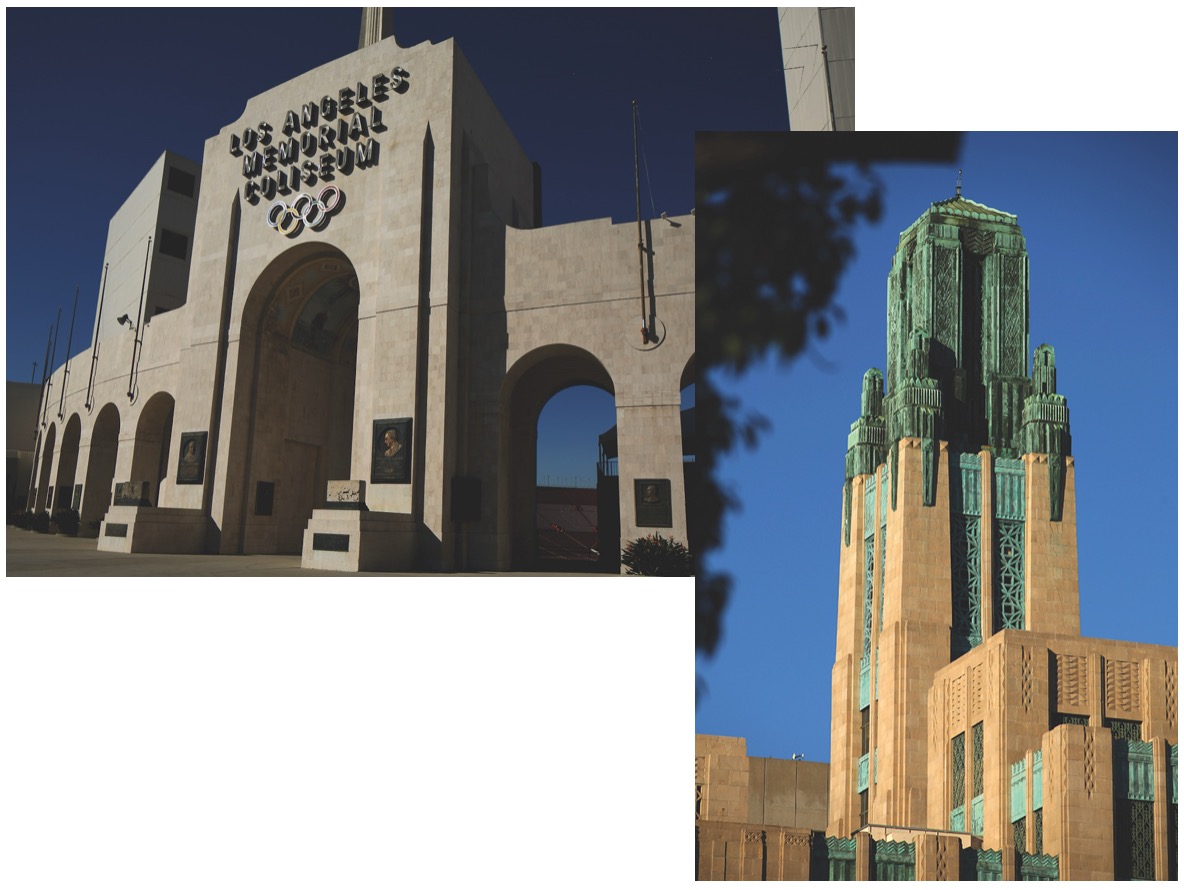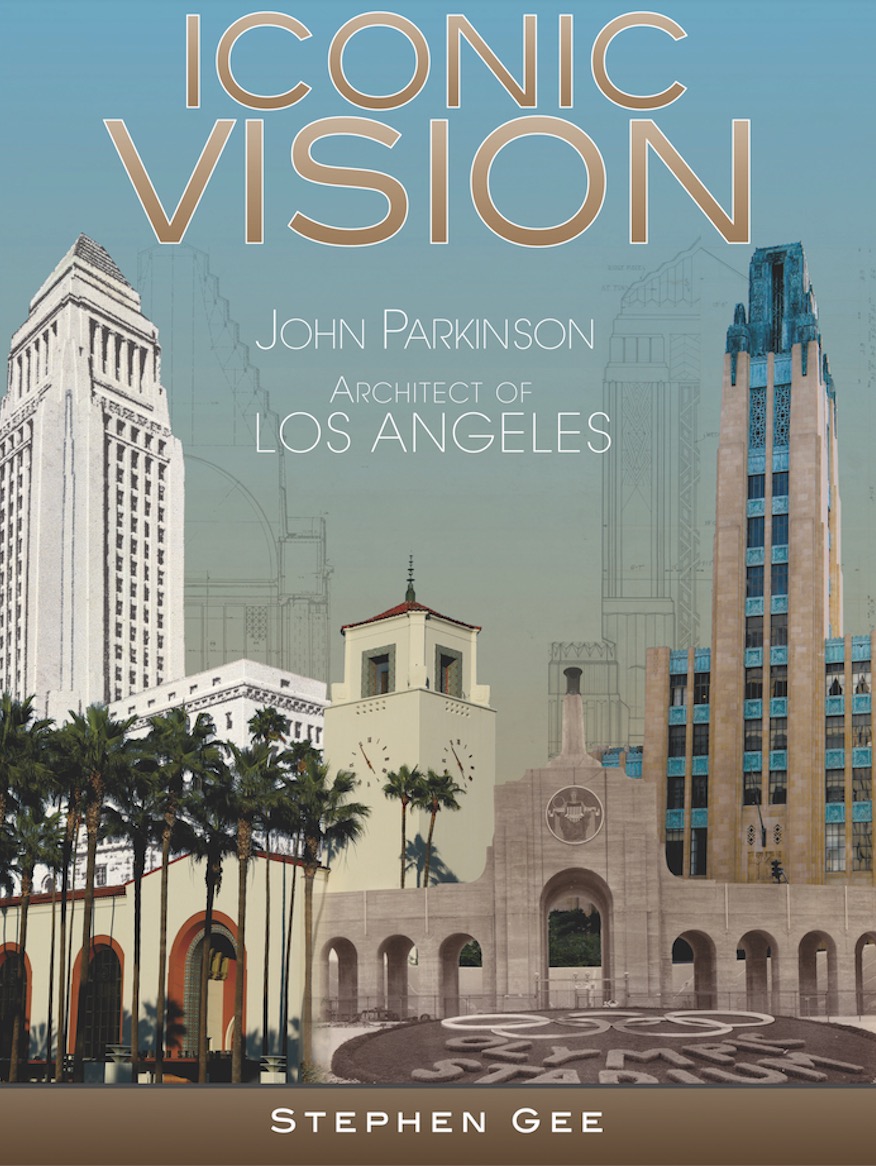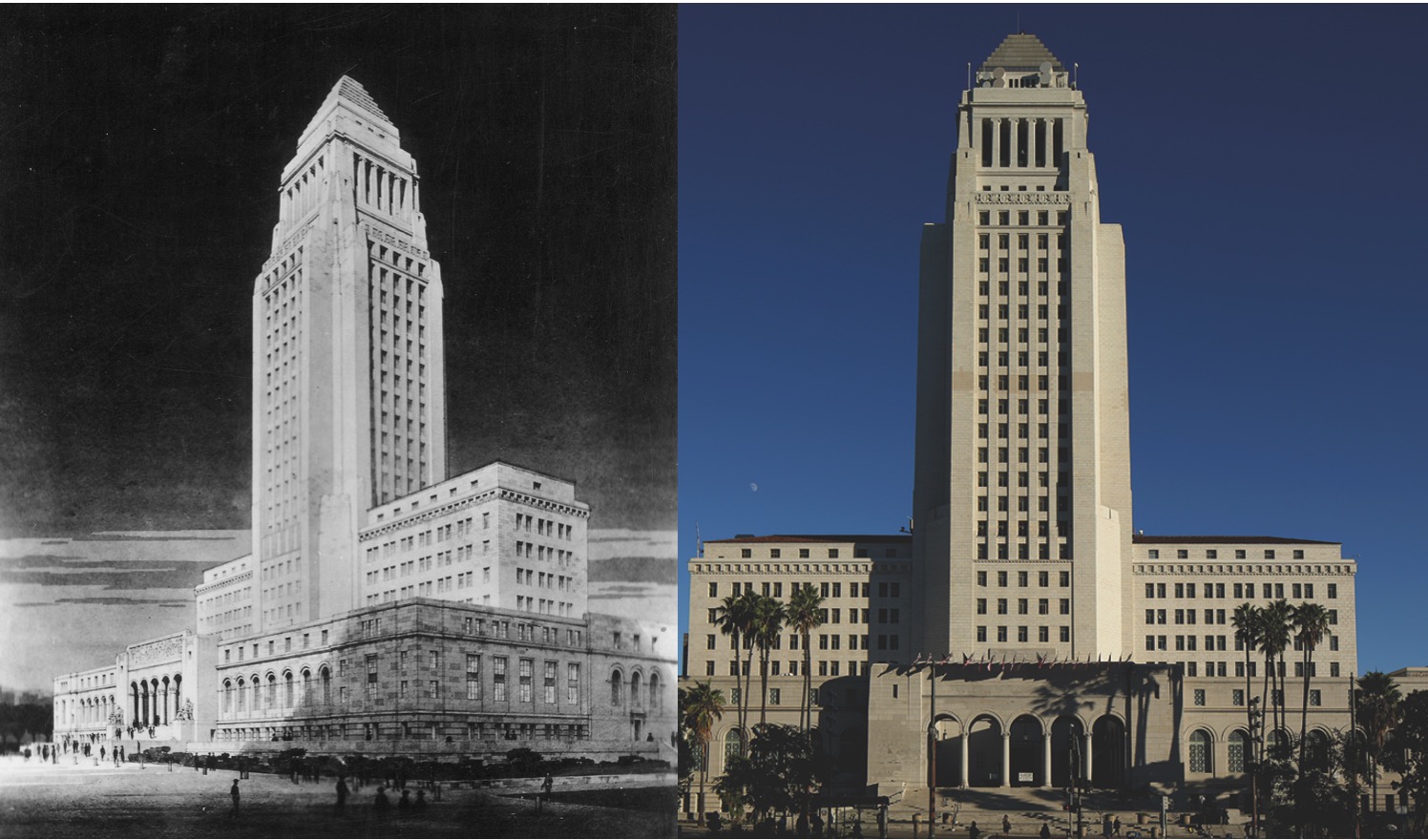Comments
ICONS IN LA - When people think of the great cities of the world, they often associate them with the visionaries who shaped their skylines — Haussmann and Paris, Burnham and Chicago, Gehry and Bilbao. Yet when it comes to Los Angeles — one of the most iconic and image-defining cities on the planet — few recognize the name John Parkinson.
Thanks to author Stephen Gee and his groundbreaking book, Iconic Vision: John Parkinson, Architect of Los Angeles, that is finally starting to change.
From Millworker’s Son to Master Builder
John Parkinson always believed he was capable of great things. Born to a millworker in the industrial northwest of England, he didn’t study at an elite architectural school or train under a master architect. Instead, he was largely self-taught — learning his craft by reading architectural books and journals in public libraries. He immigrated to the United States with big dreams and arrived in Los Angeles in 1894, a time when the city was little more than a modest outpost of 50,000 people.
By the time of his death in 1935, Los Angeles had exploded to over 1.2 million residents, and Parkinson had left an indelible mark on the city’s skyline. He had become its dominant civic architect during the very period when L.A. was inventing itself — a true builder of both form and identity.

John Parkinson (right) and brother
Designing a City’s Future
Parkinson’s portfolio reads like a walk through Los Angeles history:
- The Braly Block, the city’s first skyscraper
- The Homer Laughlin Building, L.A.'s first steel-frame structure
- Hotel Alexandria, the city’s first world-class hotel
- The Bovard Administration Building at USC
- Los Angeles Memorial Coliseum, host to three Olympic Games
- Bullock’s Wilshire, an Art Deco retail landmark
- Union Station, the last great American train station
- And, most iconically, Los Angeles City Hall, designed with John C. Austin and A.C. Martin — the defining silhouette of L.A.'s civic identity
Parkinson’s fingerprints are on more than 400 buildings throughout the city, from banks and apartments to offices, factories, and schools. Few architects have shaped a city as thoroughly — or as quietly — as he did.

Lost in Plain Sight
Despite this legacy, Parkinson’s name is rarely mentioned in architectural classrooms or public discourse. Other names have taken credit for his innovations. Until Stephen Gee’s Iconic Vision, no significant biography or comprehensive study had been devoted to his life or his work.
The book, accompanied by a newly launched exhibit of Parkinson’s work, aims to set the record straight. Drawing from the vast holdings of the Los Angeles Public Library’s photo archive — which includes materials from seven different collections featuring his buildings — the exhibition showcases just how deeply Parkinson’s vision is woven into the very fabric of the city.


An Architect for the People
Unlike the starchitects of today, Parkinson wasn't driven by fame or self-promotion. He was motivated by the belief that architecture should elevate the city and serve its people. In that spirit, he embraced the cutting-edge materials and ideas of his time, introducing steel-frame construction to Los Angeles and championing modern urban planning principles.
As Gee’s book reminds us, “Future generations have only to walk through the streets of Los Angeles to be reminded how much John Parkinson in his lifetime contributed to the city that grew up under his hand.”
A Legacy That Endures
As Los Angeles continues to redefine itself in the 21st century, it’s fitting to remember the man who helped shape it in the 20th. John Parkinson’s work didn’t just build buildings — it built civic pride, urban identity, and the architectural foundation for a global city.
Thanks to Iconic Vision and the exhibit it inspired, Los Angeles is finally remembering its most important — and most overlooked — master builder.
Exhibit
The Los Angeles Central Library currently features a photo exhibit titled "John Parkinson: Architect of the Metropolis," curated by his biographer Stephen Gee, located in the lower History and Genealogy section.
Here's a more detailed breakdown:
- Exhibit Title: "John Parkinson: Architect of the Metropolis"
- Location: Lower History and Genealogy section of the Los Angeles Central Library
- Curator: Stephen Gee, John Parkinson's biographer
- Date of opening: February 24th, 2025 thru August 17th, 2025
- Where to find more information: Link
- Other details: The exhibit includes wonderful images from LA Public Library collections.
Stephen Gee is a writer and television producer based in Los Angeles. He is the author of Iconic Vision: John Parkinson, Architect of Los Angeles (2013), and co-author, with Arnold Schwartzman, of Los Angeles Central Library: A History of its Art and Architecture (2016), which won the 2016 Glenn Goldman Award for Art, Architecture, and Photography, presented by the Southern California Independent Booksellers Association. Most recently Stephen authored Los Angeles City Hall: An American Icon (2018). He also wrote, directed and produced the award-winning PBS documentary Iconic Vision: John Parkinson, Architect of Los Angeles. A graduate of City, University of London, he began his career as a newspaper reporter in Norfolk, England. He has lived in Los Angeles since 1995. Twitter: @sgeetv
Photos used from Iconic Vision by Stephen Gee, published by Angel City Press.
###
















